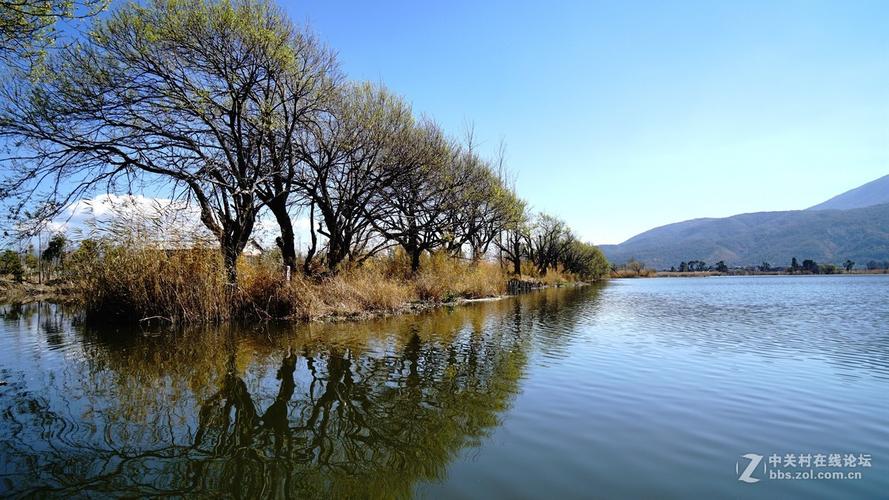Exploring the Rich Zamboanga City Cultural Heritage: A Guide for History Buffs
Zamboanga City is a melting pot of different cultures in the Philippines. It has a rich and colorful history that dates back to the Spanish period. The city is a hidden gem that’s waiting to be discovered by history buffs who want to learn more about the Philippines’ diverse cultural heritage.
The Spanish Influence on Zamboanga City
The Spanish colonizers played a significant role in shaping Zamboanga’s culture. It was during the Spanish period that the city developed a distinct character that is evident until today. The Fort Pilar Shrine is a testament to the city’s Spanish heritage. It houses a small museum that showcases the city’s historical artifacts during the Spanish reign. The shrine is also a pilgrimage site for devotees who honor Our Lady of the Pillar, the patron saint of Zamboanga.
The Chavacano Language and Cuisine
Chavacano is the Philippine’s only Spanish-based creole language. It’s a combination of Spanish, Malay, and other native Philippine languages. Zamboanga City is the center of Chavacano culture, and it’s a unique dialect that’s spoken only in the city and its nearby provinces. One of the best ways to appreciate the language is to indulge in a Chavacano cuisine. Try out Zamboanga’s signature dish, the Cua Pao, a Chinese-inspired snack that’s popularly sold in local markets.
The Muslim Culture in Zamboanga City
Zamboanga City is also known as the “City of Flowers” because of its vibrant Muslim culture. The Yakan tribe is one of the city’s Muslim communities, and they are known for their intricate weaving techniques. Visit the Yakan Village, and observe how they create their signature “sinaluan” blankets made from abaca fiber. Another must-visit is the Pasonanca Park, known for its Moroccan-inspired architecture and its beautiful waterfalls.
Conclusion
Zamboanga City is a cultural paradise that offers a glimpse of the Philippines’ history and cultural heritage. The city’s Spanish influence, Chavacano language, and Muslim culture are just some of the highlights of this historical treasure trove. So pack your bags, and be ready to explore Zamboanga City’s rich cultural heritage.
(Note: Do you have knowledge or insights to share? Unlock new opportunities and expand your reach by joining our authors team. Click Registration to join us and share your expertise with our readers.)
Speech tips:
Please note that any statements involving politics will not be approved.
